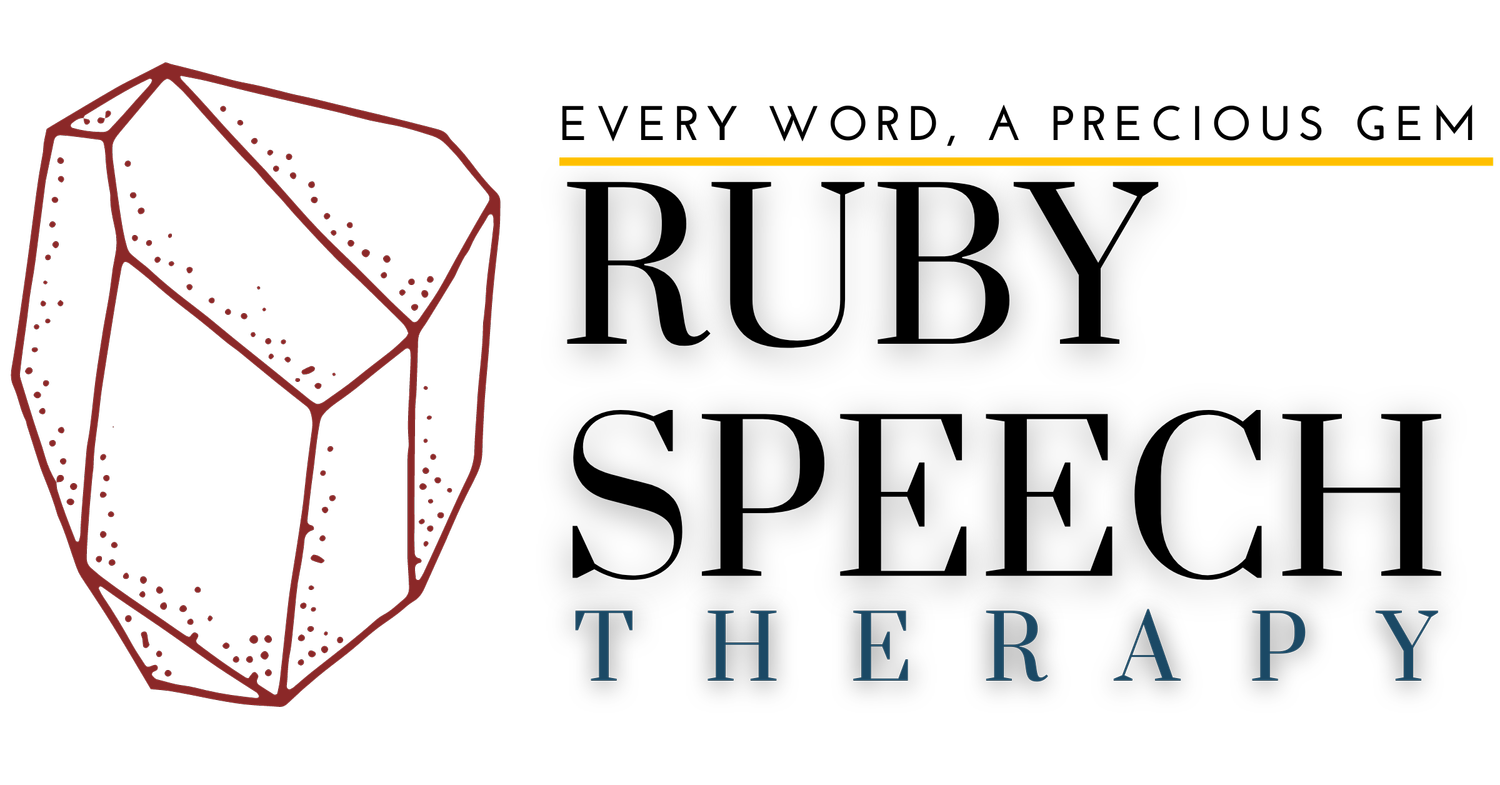Understanding the ADOS-2: The Gold Standard for Autism Assessment
The Autism Diagnostic Observation Schedule, Second Edition (ADOS-2) is widely recognized as the "gold standard" when determining how to assess autism in clinical settings. Here at Ruby Speech Therapy, we use this effective tool as part of our autism assessment in Edmonton and St. Albert, providing families with accurate, evidence-based evaluations. Developed by Dr. Catherine Lord and her team, this play-based assessment creates a structured but natural environment to observe communication skills, social interaction, and imaginative play in action. The ADOS-2 works for individuals across the lifespan—from toddlers as young as 12 months to adults—making it a key component of our multidisciplinary approach.
Only professionals with proper training can administer the ADOS-2. As part of an assessment for autism, these evaluations are typically conducted by Clinical Psychologists, developmental Pediatricians, Psychiatrists, Speech-Language Pathologists or other licensed professionals with specialized training in standardized autism assessments. At Ruby Speech Therapy, our team is specially trained in the ADOS-2 administration. The assessment requires considerable expertise, as accurate interpretation is crucial for valid results. The ADOS-2 is never used alone for diagnosis but combined with parent interviews, developmental history, and other assessments to get the full picture.
The assessment has five modules (Toddler Module and Modules 1-4), and we select one based on the individual’s language level and age. A typical ADOS-2 session for our multidisciplinary autism assessment takes about 60 minutes—any shorter risks missing important behaviors, while longer sessions can lead to fatigue. For optimal results, we conduct assessments in a quiet, comfortable room at our clinic St. Albert with both a Psychologist and Speech-Language Pathologist. For younger children (in Modules T, 1, or 2), parents usually remain in the room, while for teens and adults (Modules 3 and 4), it's typically just the client and clinician.
Meet our assessment team - click here
The research behind the ADOS-2 is robust when it comes to how to assess autism accurately. Studies show it has impressive statistics—89-92% sensitivity and 81-85% specificity. In other words, it's highly effective at identifying autism when present and not finding it when it isn't there. After the assessment, we analyze the scores and compare them to established thresholds to determine if results fall into "autism," "autism spectrum," or "non-spectrum" categories.
Curious what the assessment appointment looks like?
Meet Ellie, a 3-year-old with limited speech who's primarily using single words. For her autism assessment at Ruby Speech Therapy, we select Module 1, designed for children who aren't yet consistently combining words. Mom sits quietly in the corner, participating when prompted. We begin by presenting engaging toys on a small table, observing how Ellie explores them and whether she shares her interest with us. When we introduce bubbles (always a hit with the little ones!), we're watching for eye contact, gestures, and vocalizations as she requests more. During snack time, we create natural opportunities for requesting and turn-taking. Throughout the 45-minute session, we present various toys, pictures, and play scenarios, noting Ellie's communication attempts, eye contact, gestures, and joint attention skills.
Ok, so how would this look for an older child or teenager?
For 12-year-old Miguel who has strong language skills, our multidisciplinary autism assessment team chooses Module 3, designed for verbally fluent children and adolescents. Miguel's assessment begins with a construction task, followed by some pretend play. While looking through a picture book together, we observe how he describes events and understands emotions. The assessment includes several structured activities including describing cartoons, conversation about friends and feelings, and creating a story. Throughout the 50-minute session, we're carefully noting Miguel's eye contact, facial expressions, conversation flow, and his understanding of figurative language—all those social communication elements that can be challenging for autistic individuals.
After the assessment, our multidisciplinary team, including Psychologist and Speech-Language Pathologist immediately code the observed behaviors using standardized criteria. Results are shared with families shortly in a debrief meeting scheduled on another day, with detailed recommendations and a comprehensive report provided within 1-2 weeks as part of our comprehensive psychology assessment for autism. These results not only help determine diagnosis but also guide us toward specific therapy goals tailored to each individual. If a child struggles with conversational turn-taking during the ADOS-2, for example, we might make that a focus in speech therapy sessions. The ADOS-2 allows us to observe communication in structured but natural contexts, helping inform both diagnosis and treatment planning. It also helps families plan for next steps, including what support might look like at their child’s school and in the community.
Understanding what happens during an autism assessment at Ruby Speech Therapy can help ease the uncertainty for families navigating this process. The ADOS-2's flexible structure, with different modules based on language ability rather than age, recognizes that development varies widely among individuals. As our understanding of autism continues to evolve, the ADOS-2 remains a cornerstone of our multidisciplinary autism assessment services, helping us identify autistic individuals while illuminating their unique communication profile, challenges, and strengths.
Book your autism assessment at Ruby Speech Therapy
Contact Us: Call us at (587) 410-9791 or submit a referral on our website here. We will get back to you within one business day.
We’ll answer any questions you have and can schedule you in for your assessment date and debrief meeting together at our clinic, located at 60 Riel Dr. St Albert.
First, you’ll complete a brief questionnaire about your child's strengths, challenges, and any concerns you have. Before the appointment, you’ll have a more in-depth phone call with our psychologist to better prepare for the assessment day. We will also schedule your debrief meeting to review the results, report and next steps with you. We aim to schedule this meeting within 2-3 weeks of the assessment date.
